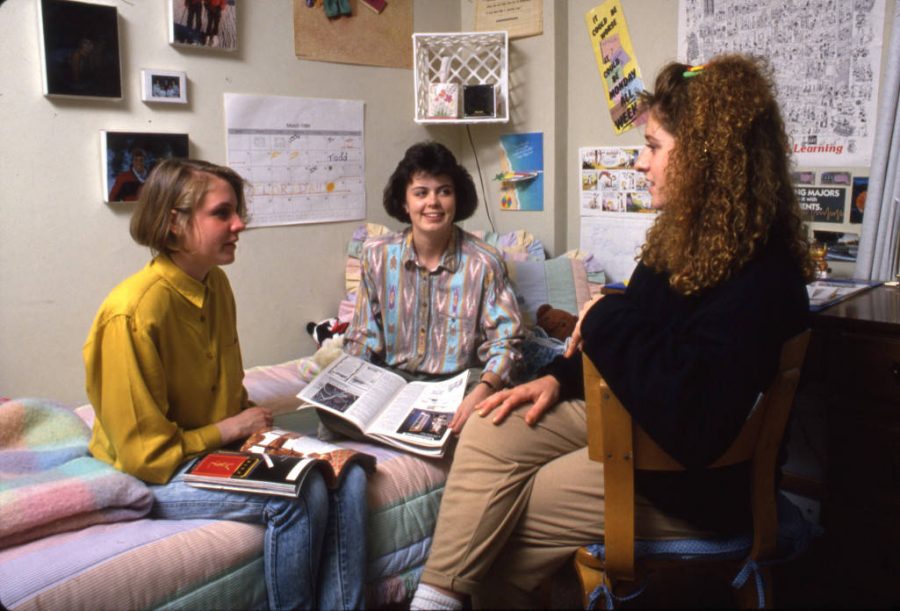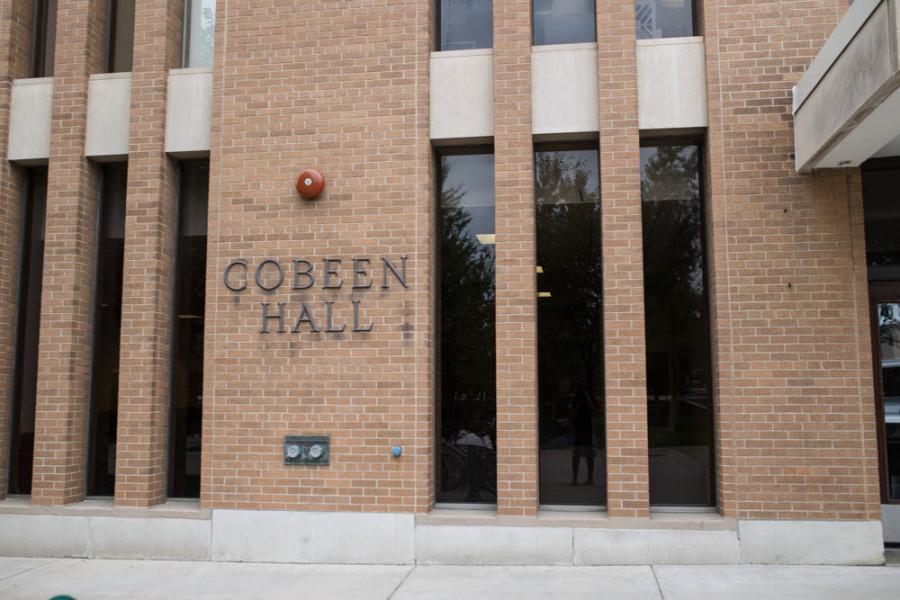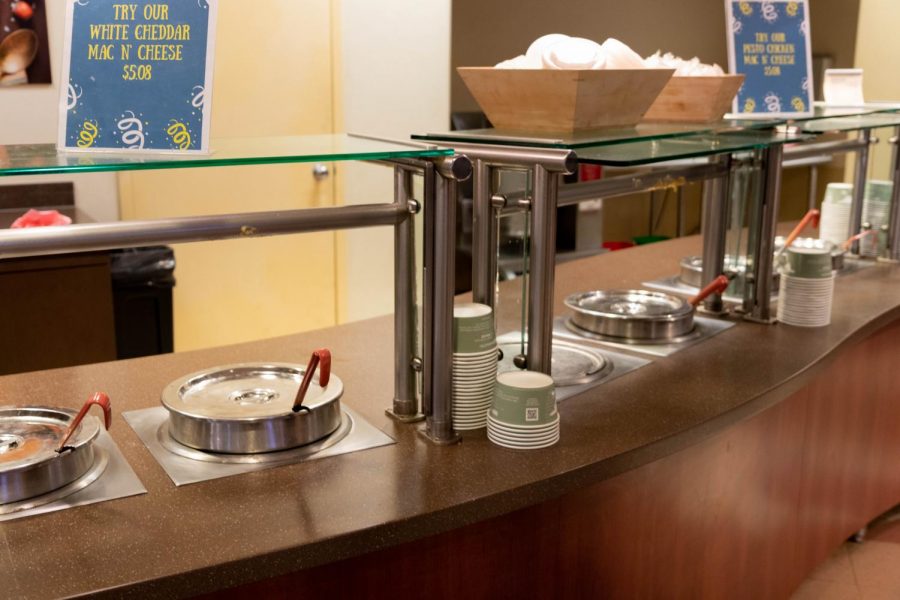
I returned to campus from fall break feeling a little sluggish and heavy. Due to a kitchen remodel, my parents and I had to eat out for every meal. While this was 100 percent not something I complained about, after four days I was definitely desperate for some more nutritious food.
However, back at school, I ran into a problem. During the week, it’s much more convenient for me to eat in the middle of campus than to trek to a dining hall between classes. But as I scanned the shelves at the Brew, I realized my options were limited.
Sure, there were packages of carrots and celery and delicious-looking salads with dark leafy greens, but they were all overpriced and not available for a meal swipe. The “vegetables” that I could choose from mainly consisted of nutrient-void iceberg lettuce in a Caesar salad or wrap.
Marquette often boasts its healthy food options by hailing Straz as its designated salad and stir-fry dining hall and hanging posters advertising nutritious meals (though these don’t always reflect existing options).
They’ve got a good start — the salad bar at the AMU is a good choice, and the Brew cafes do offer a decent selection of fruit — but the university has a long way to go in making healthy meals convenient and affordable to students.
Although fruit is an important part of a healthy diet, it is not sufficient by itself; dark, leafy greens provide nutrients that can’t be found in other foods and that we can’t afford to go without, including fiber, vitamins C and K and cancer-fighting carotenoids.
And it’s no surprise to college students that without these nutrients, we are at risk for a host of problems like weight gain and digestive complications.
Perhaps a more unexpected repercussion, however, is malnutrition. To think that malnutrition could exist here, on a fairly affluent college campus in a first-world country, may sound ridiculous. But it’s true — without vegetables, you can develop deficiencies due to a lack of the vitamins they provide, as well as more serious cardiovascular and chronic diseases.
So what happens when students, dictated by their schedules, don’t have time to stand in the salad line, or just want to grab something quick? Can we get a side of carrots with our burgers? Can someone please just slap some spinach on my Erbert’s and Gerbert’s sandwich already?
This is yet another reason why a grocery store on campus would be beneficial to Marquette. Instead of having to choose from restaurant and fast-food-type meals, students could have an entire produce section to create nutritious meals.
Additionally, research from Johns Hopkins shows that home-cooked food may be the healthiest kind of meal. Cooking your own food with fresh produce can lead to a healthy weight and add an element of mindfulness as well.
It can be challenging to actively decide to eat healthy at every meal. It takes discipline and perseverance. A 2011 study from Oregon State University found that the average student doesn’t even get one full serving of vegetables a day.
Therefore, we need to make the healthy choice the easiest choice, not expensive or inconvenient. We need the option to get veggies at every meal (I’m looking at you, bakery-item-and-fruit-and-coffee-for-a-meal-swipe. How can you call that a meal?).
Nutrient-rich food needs to be available not just to students, but to everyone. The way we treat our bodies now, when we are young, will affect how they serve us for the rest of our lives. Now is the time to start forming healthy habits.





